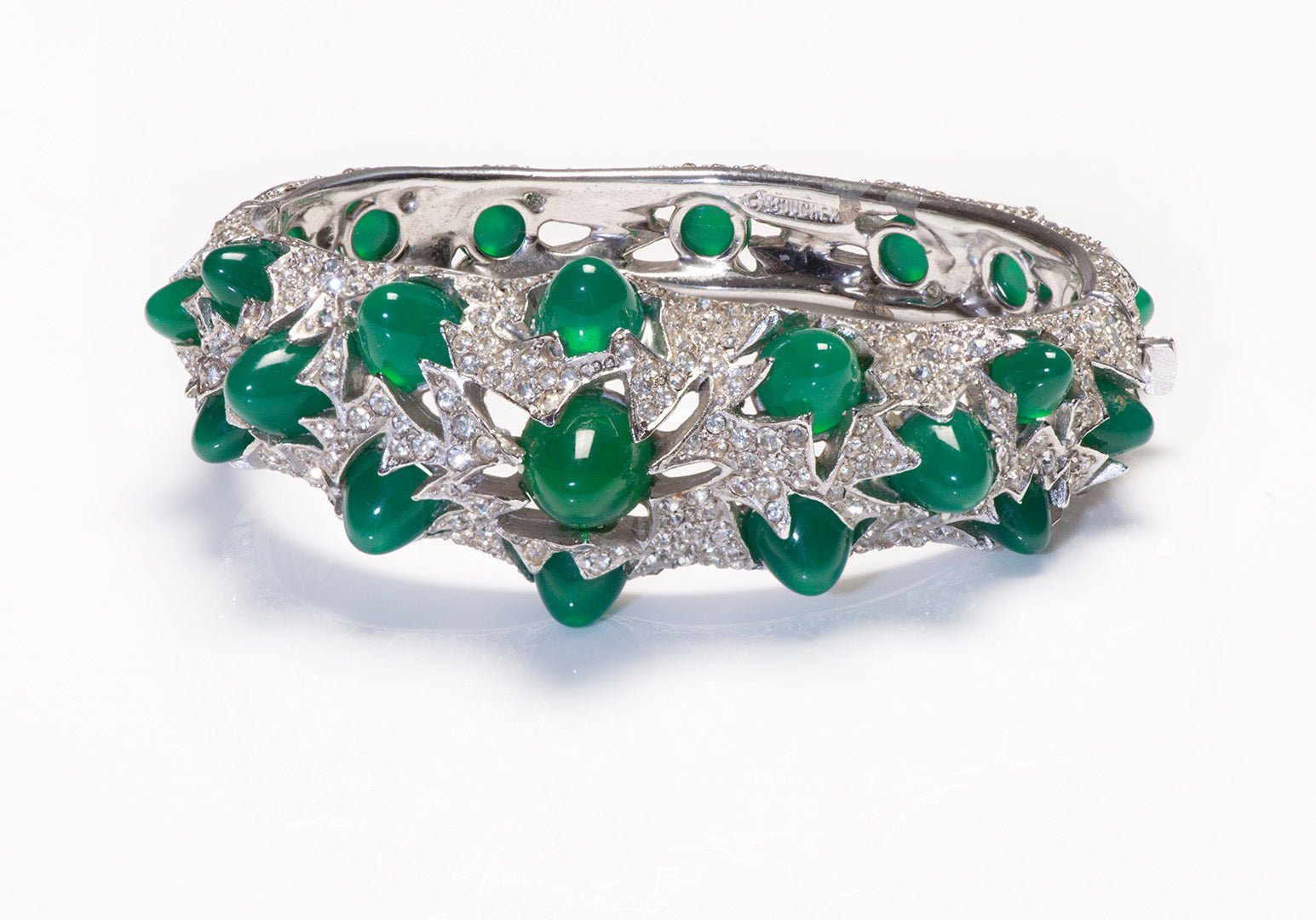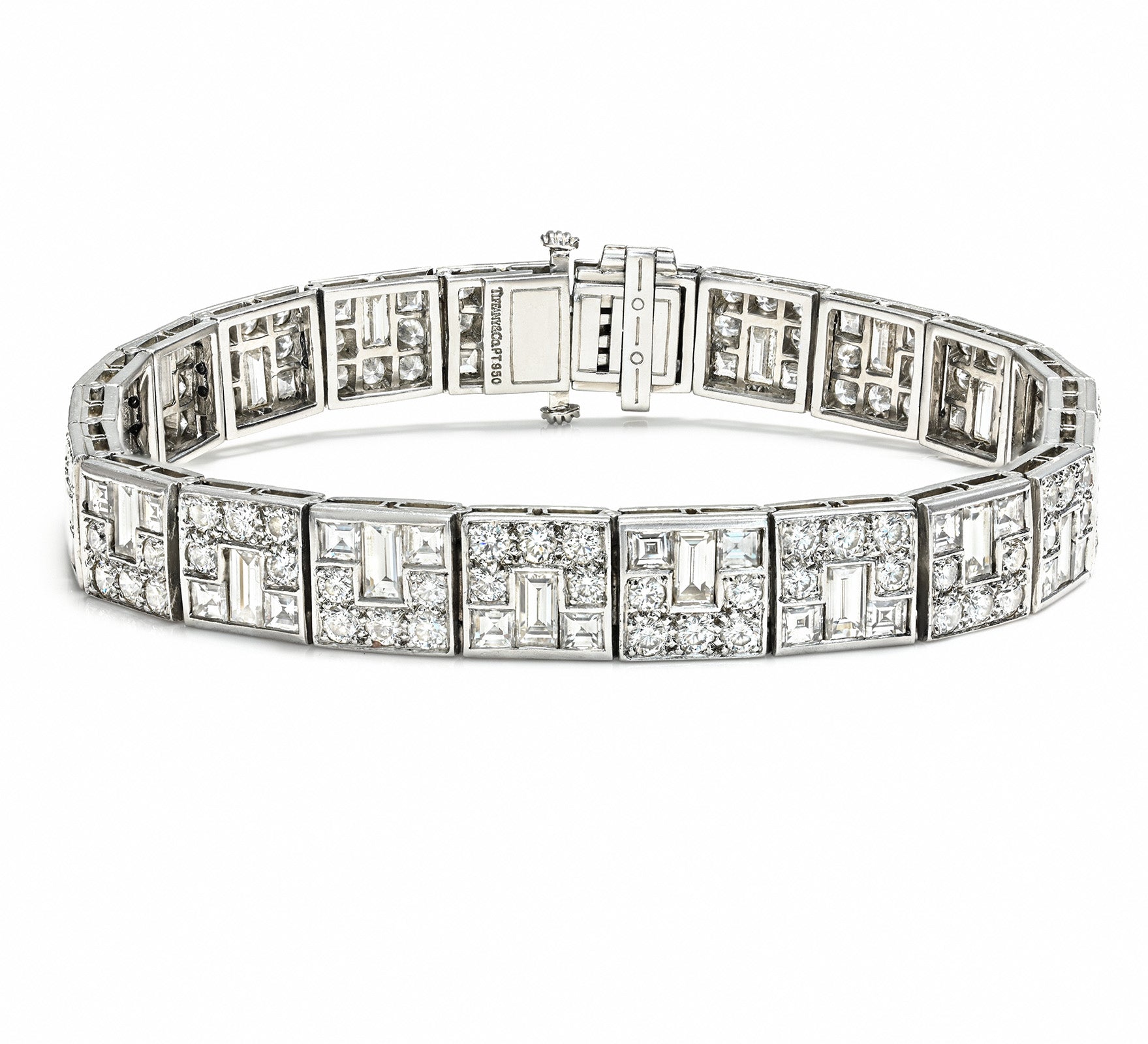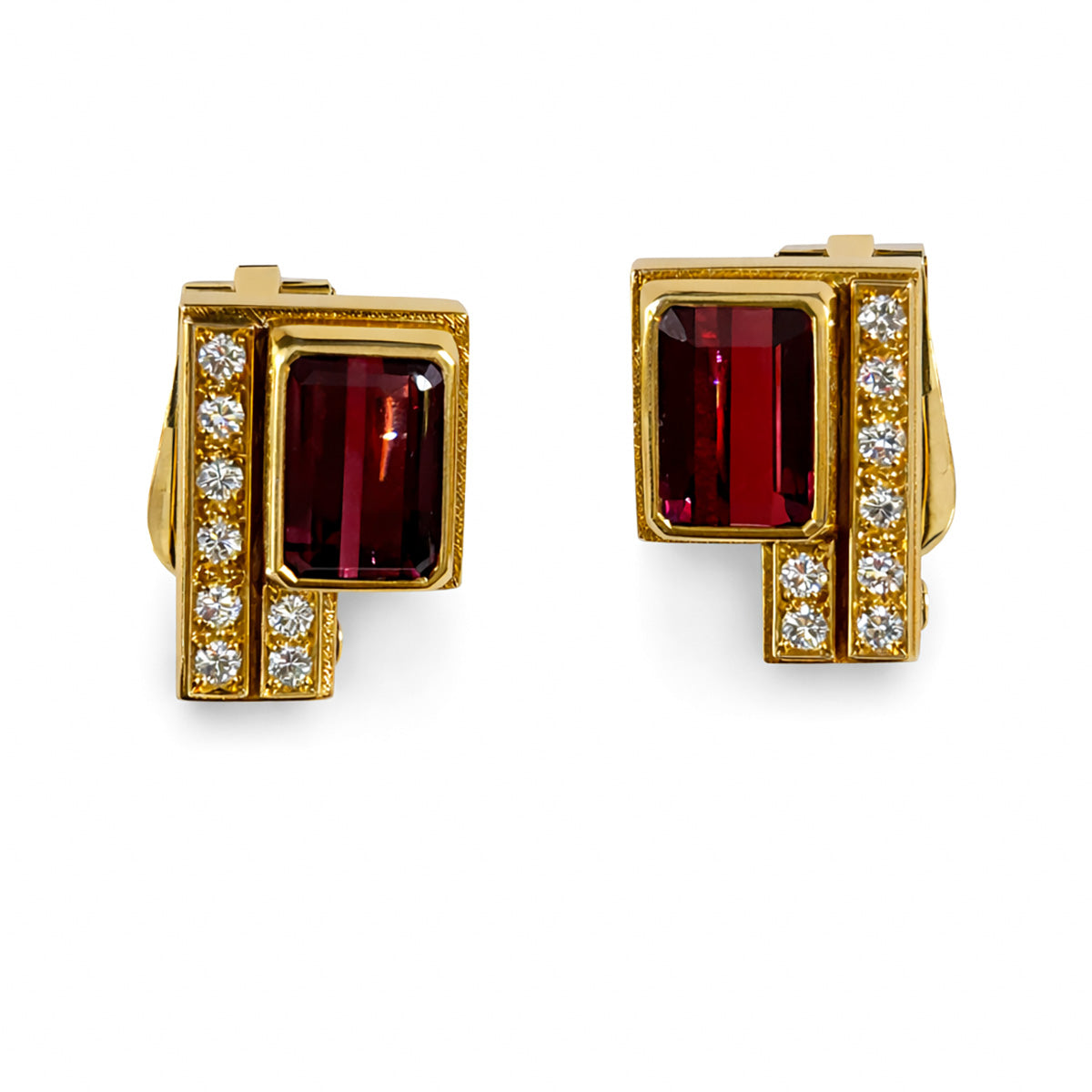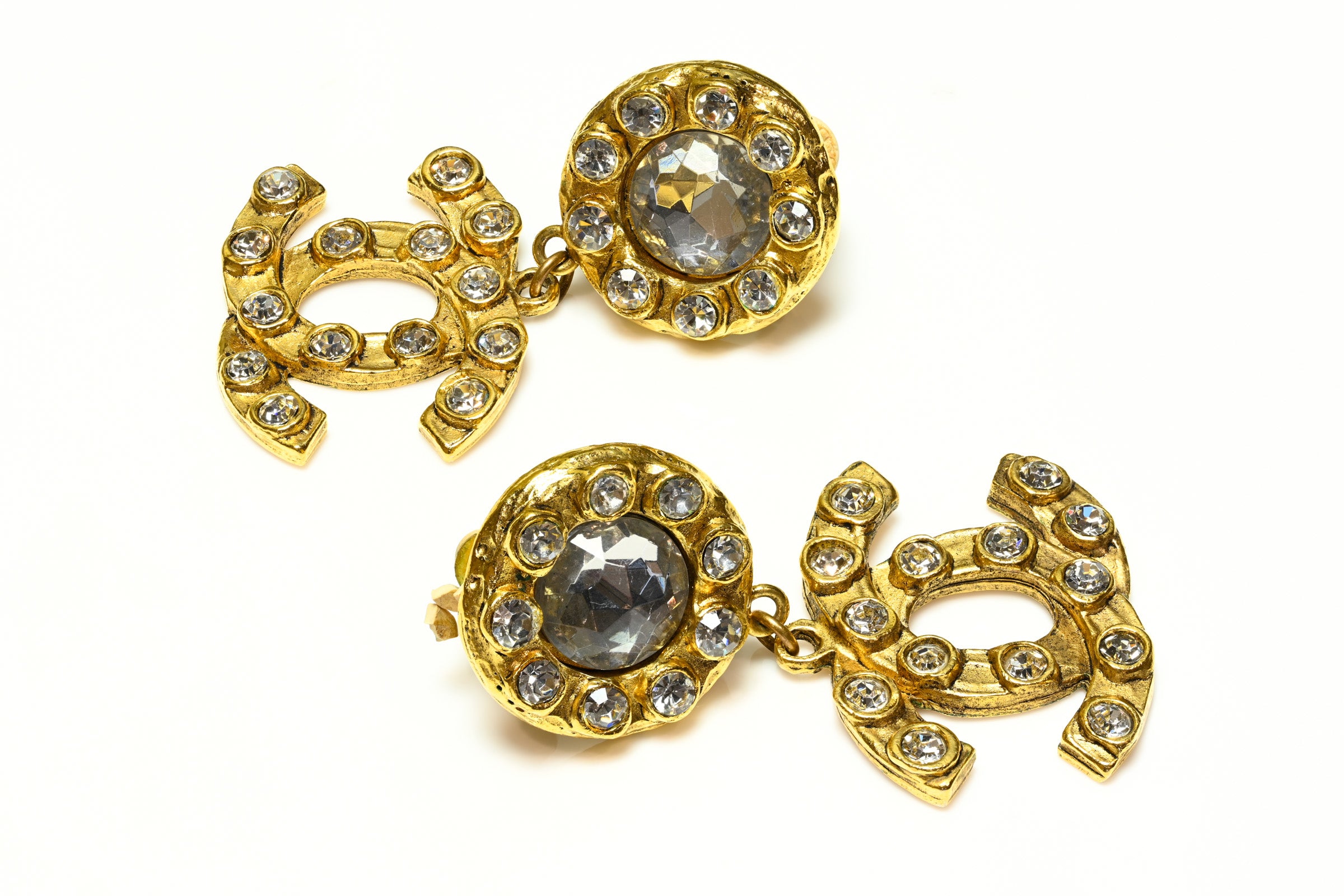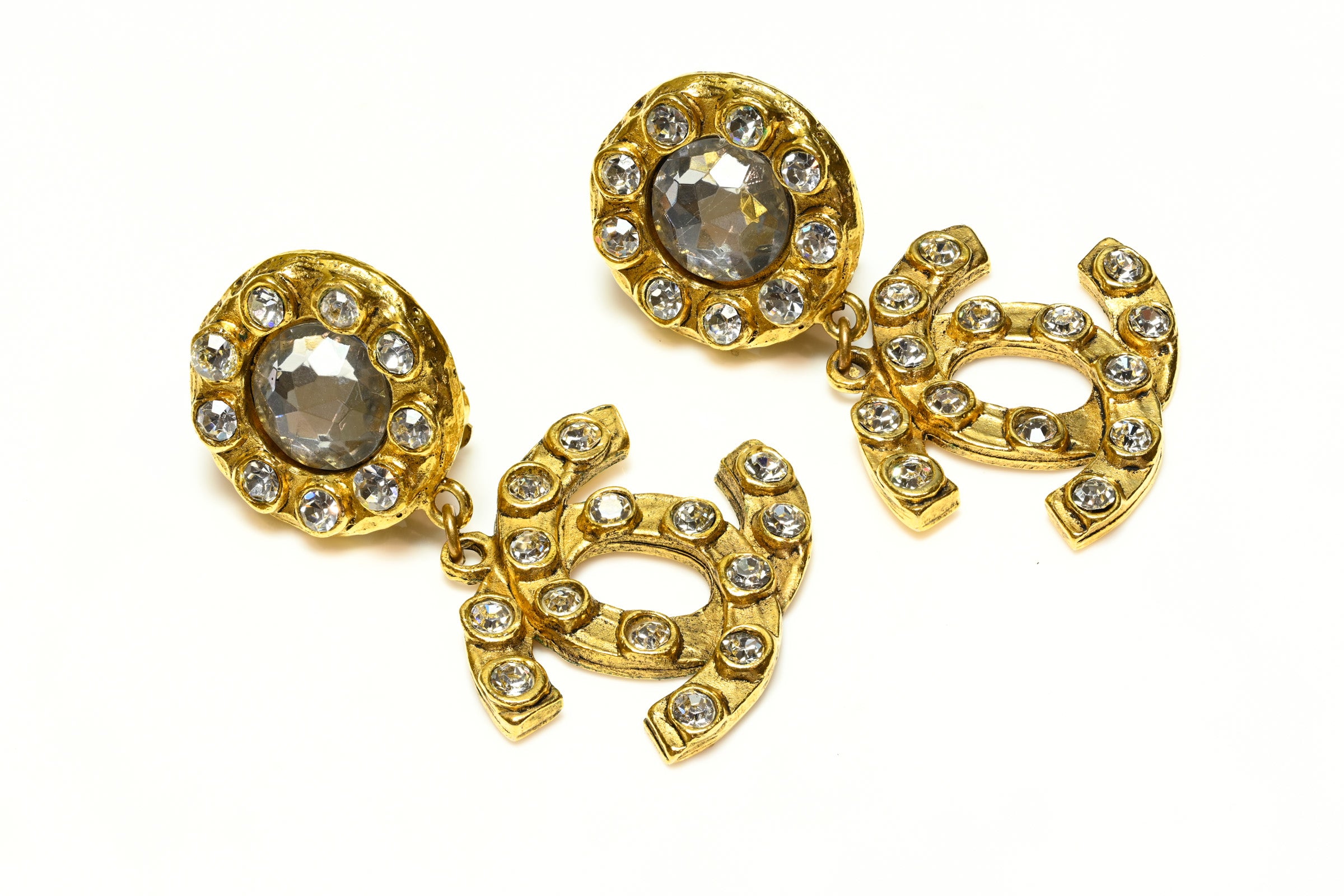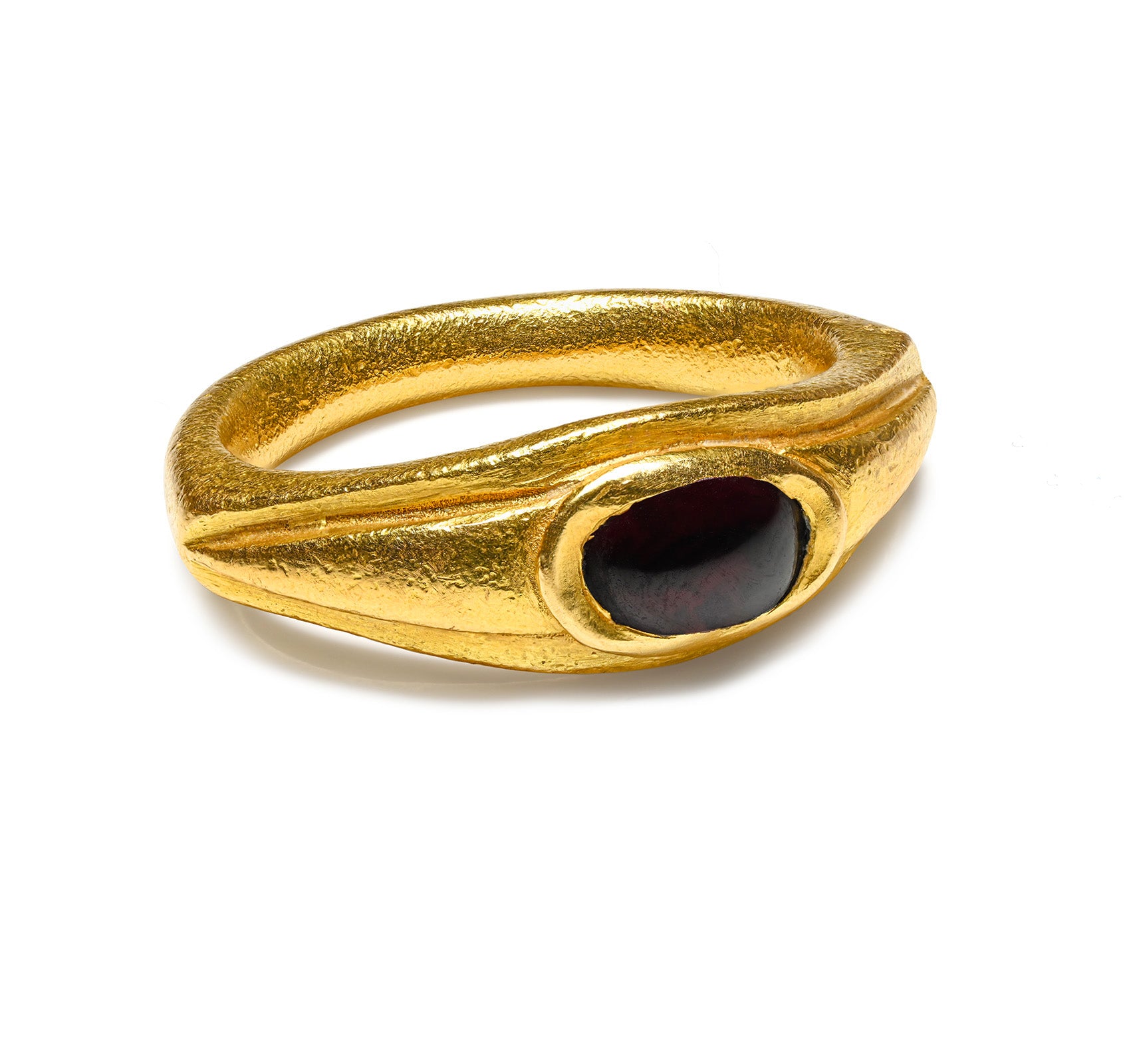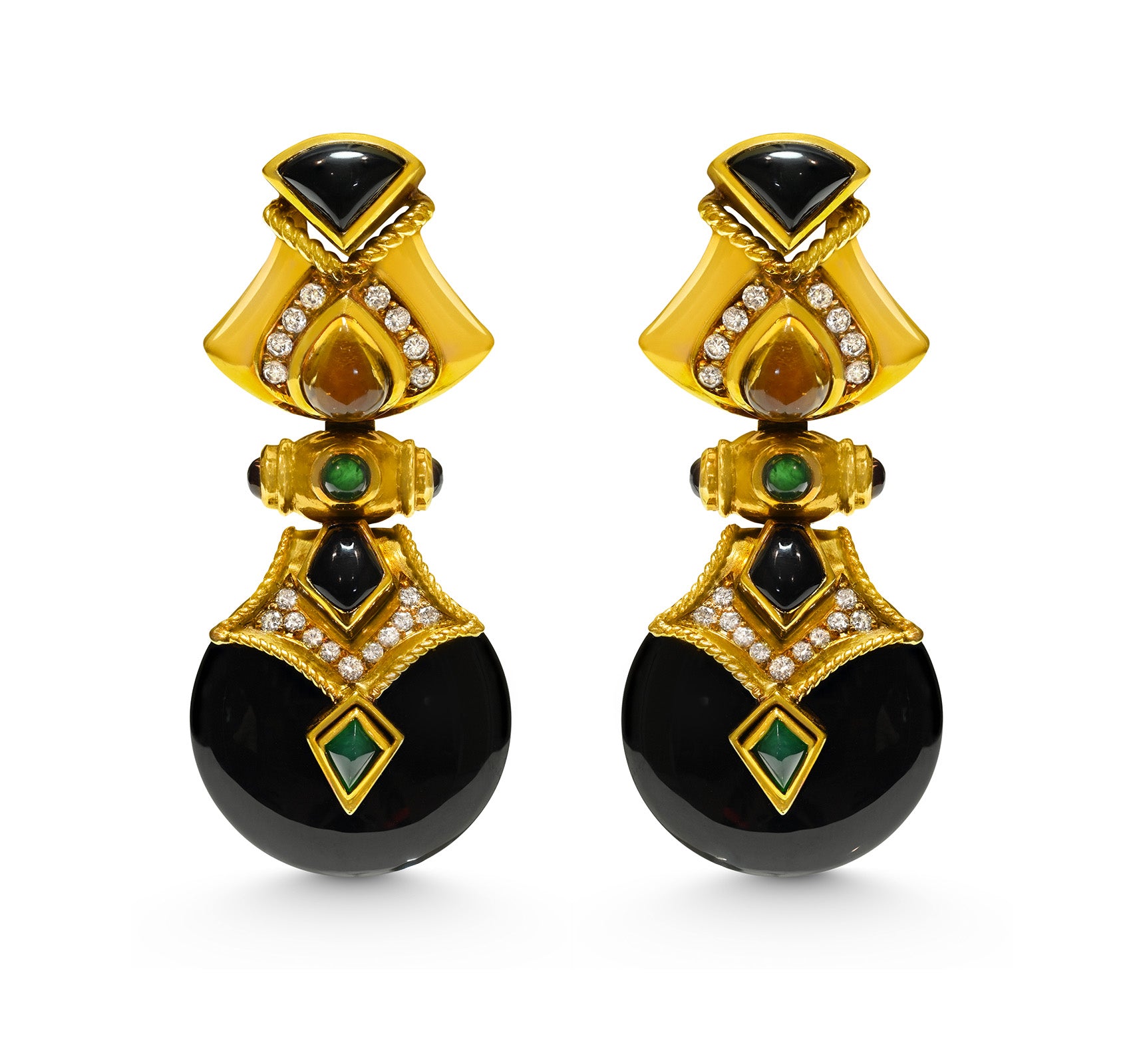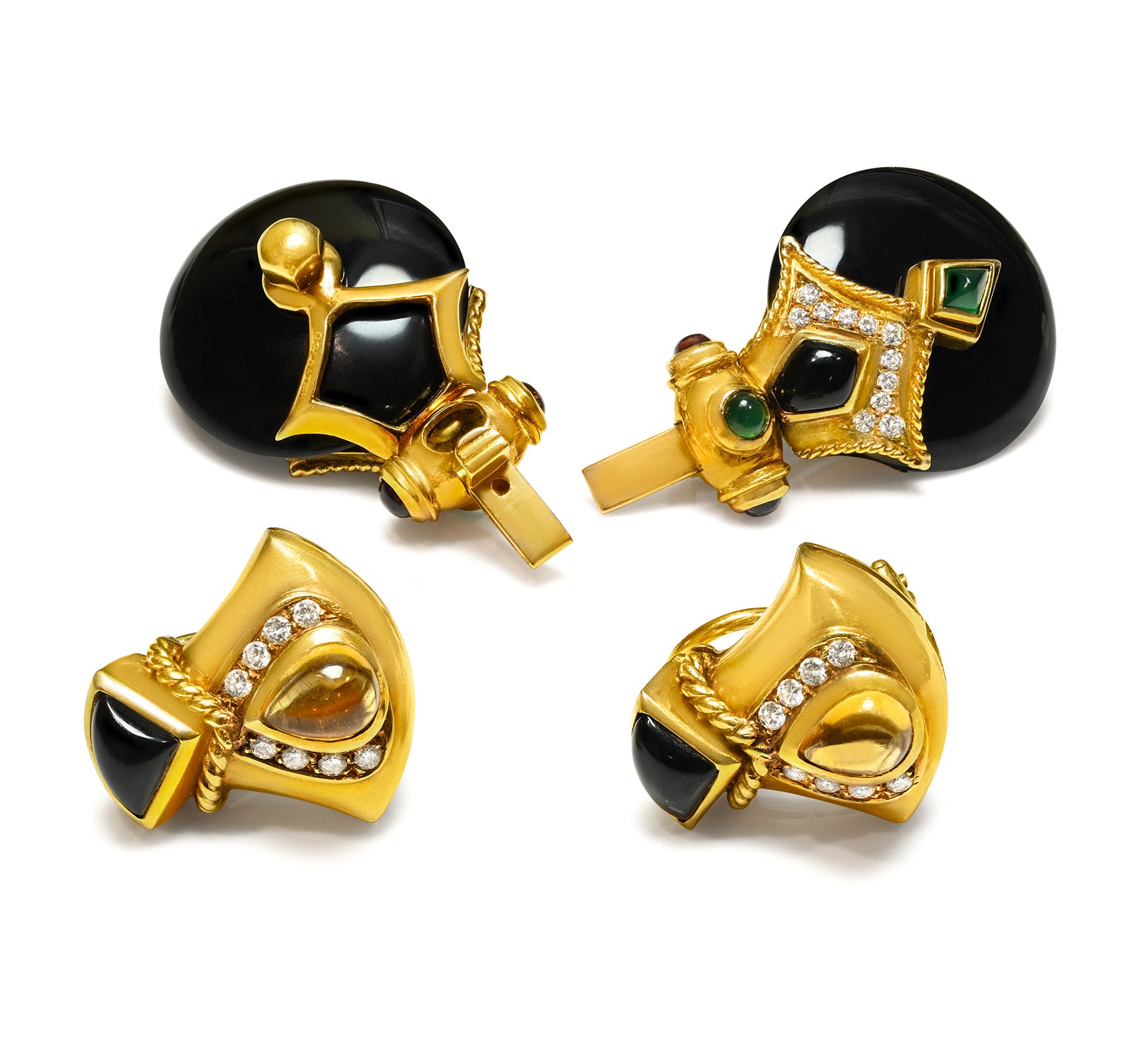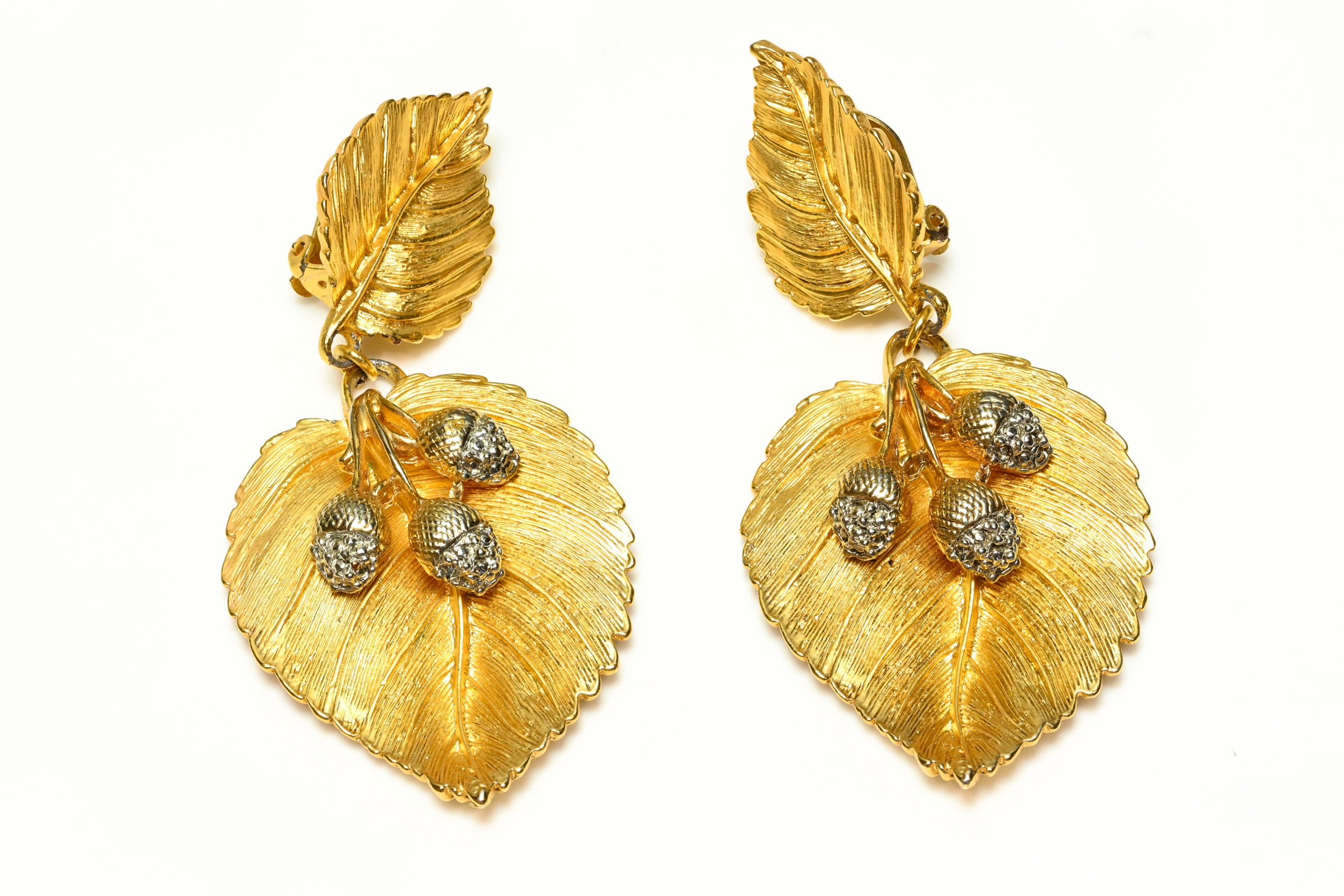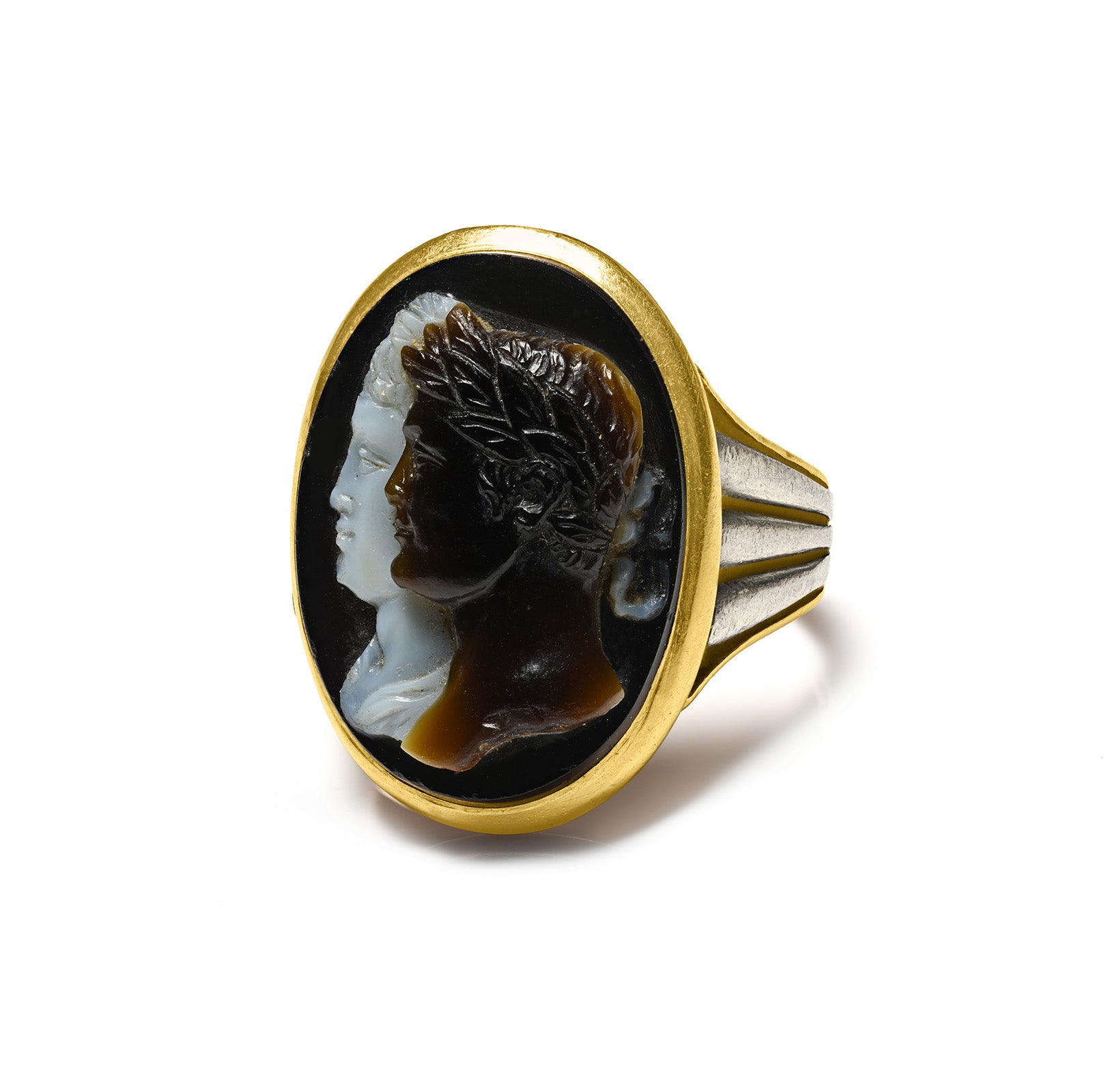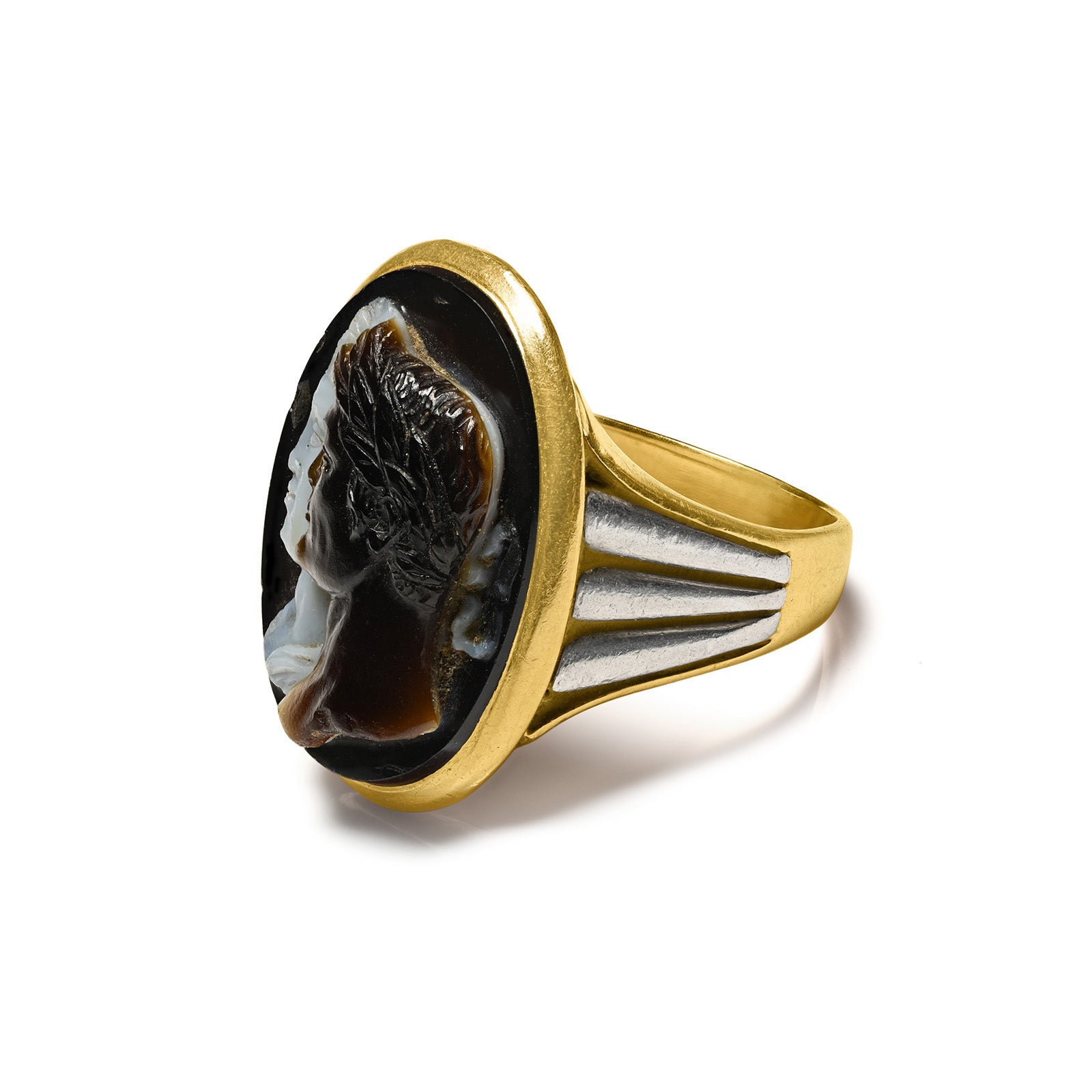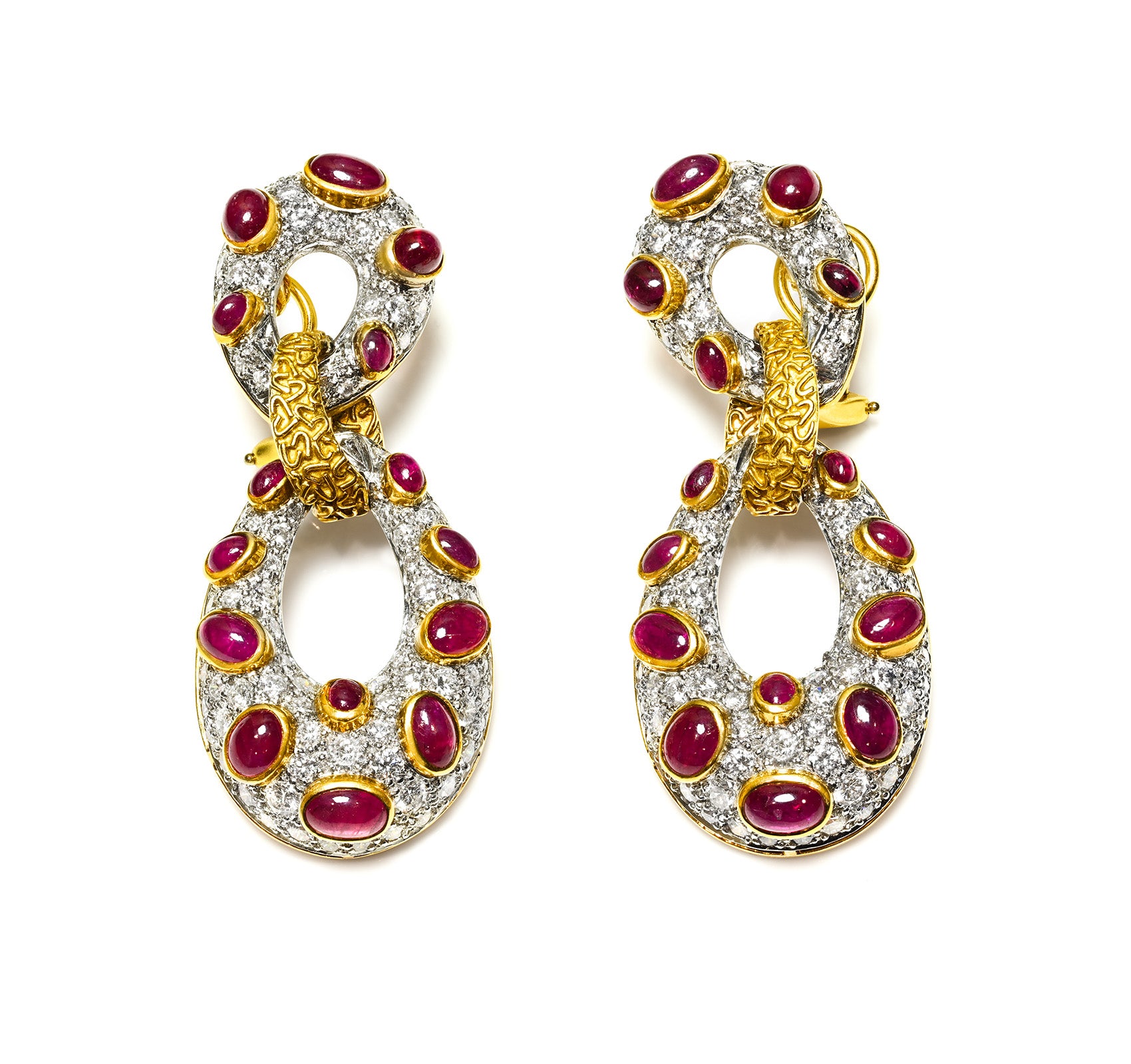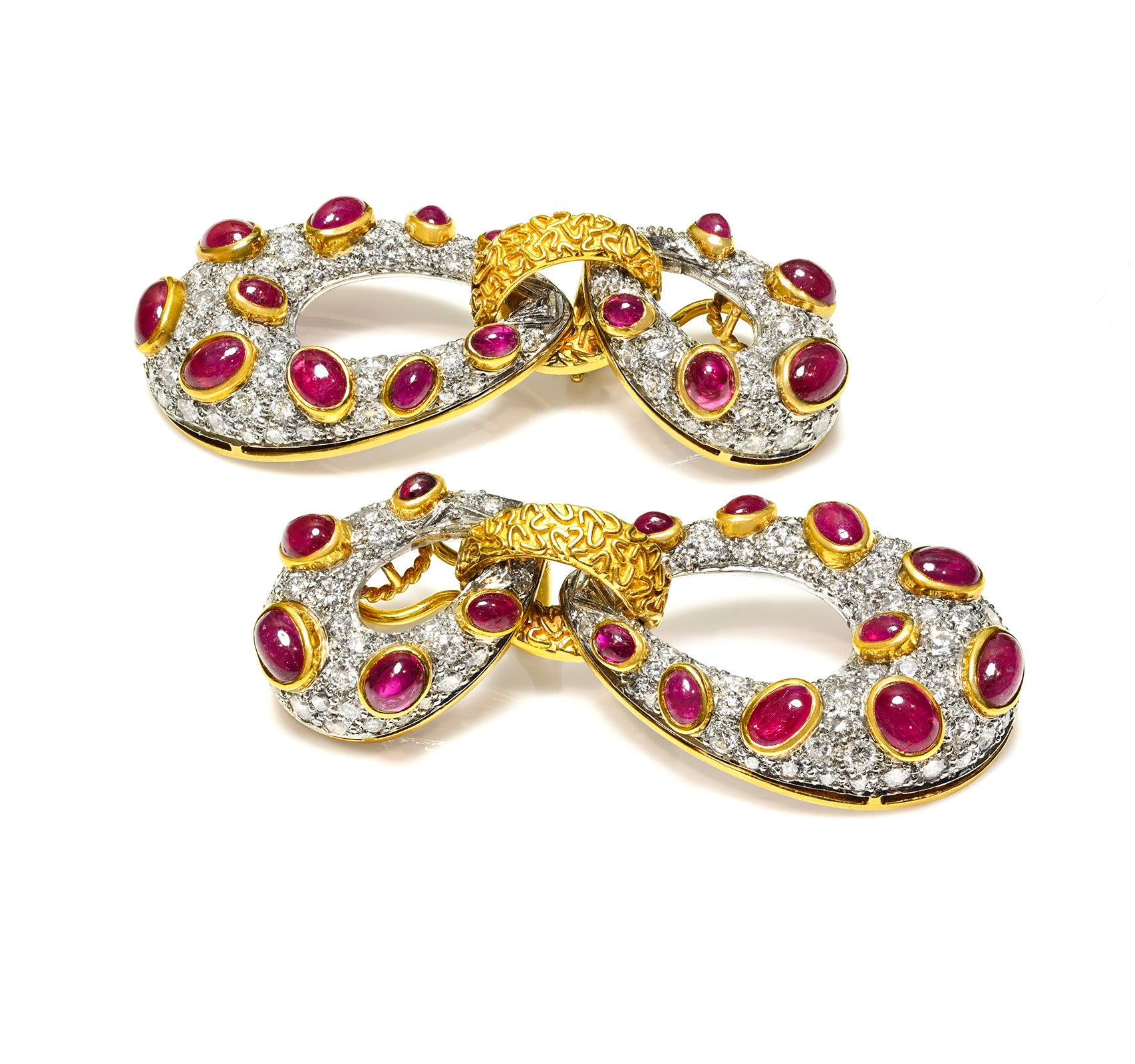
The Art Of Jewelry In Ancient Egypt
In Egypt, jewelry was available to all Egyptians, from the young children of poor farmers to priests and pharaohs. People of all social classes and ages adorned themselves with handmade bracelets, necklaces, amulets, and other accessories.
It was part of ancient Egyptian culture to adorn yourself with jewelry.
The materials, patterns, and general trends seen in ancient Egyptian pieces have had a strong influence on many modern jewelers.
Modern Jewelers Inspired By Ancient Trends
In antiquity, Egyptian jewelry was given by pharaohs as a reward for military virtues. It was buried in the tombs of nobles upon their death to help them in the afterlife.
In turbulent times of political instability, Egyptian tombs were looted. Generally, the first items to be stolen from tombs during these robberies were jewelry, which was small, valuable, and easy to transport.
The thieves would give the metal to be remelted so that the jewelry would be sold. Of course, at the time it may not have occurred to anyone that this was eliminating a potential source of inspiration and knowledge for jewelers and historians of generations to come.
Nevertheless, a lot of beautiful pieces remained intact and available for study because of Egyptian burial rituals and the fact that many tombs were well hidden.
Thus the pieces that have “survived” to the present day, from simple beads to ornate necklaces and belts, continue to inspire modern jewelers, many of whom use the same age-old practices established by their ancient predecessors.
Arguably, the effects are particularly powerful when modern artisans use the same centuries-old traditional methods to craft historically accurate pieces.
What Jewelry Was Made From In Ancient Egypt
Most ancient Egyptian jewelry was made of copper and gold, and their use generally followed one rule: gold was for the nobility, while copper pieces were more popular with the masses.
Both copper and gold were mined in the Nubian deserts of Egypt centuries ago, making both metals plentiful.
According to researchers, ancient Egypt at the time was short of silver, a metal used by jewelers to add it to an alloy with gold to make various shades of grey, brown, and pink.
Nobles always wore jewelry made of precious metals, gemstones, and occasionally colored glass.
When it came to commoners, their jewelry was made from stones, shells, bones, clay, and animal teeth. Regardless of the quality of the materials, these pieces were seen as amulets offering protection and power.
Gemstones And Stones
In ancient Egypt, jewelers didn't have much choice when it came to precious or semi-precious stones: the only ones native to the region were pearls and emeralds.
Lapis lazuli and turquoise were two of the most prized gemstones, although they were less available during periods of political instability. Obsidian, garnet, carnelian, and rock crystal were all popular among different classes at different times in ancient Egyptian history.
As with metalworking, jewelers sometimes had to be creative in their use of gemstones and stones.
When political struggles made it too difficult to obtain imported gemstones, they sometimes used a ceramic material called faience to replace them.
To make faience, jewelers mixed ground quartz with dyes that could be heated and shaped to resemble more expensive natural stones. The most popular form of faience in ancient Egyptian art and jewelry was a blue-green hue designed to mimic turquoise.
Types Of Jewelry
The most iconic type of jewelry in ancient Egypt was the wide-necked necklace. These necklaces were made using rows of beads and were often in the shape of animals or flowers.
Protective amulets were often integrated into other forms of jewelry, although they could be worn as stand-alone pieces. They could be carved into different shapes, some in the form of symbols and animals, and others designed to look like people or even gods.
Amulets were seen not only as protective talismans for the living. Some jewelers specialized in making memorial amulets and specially designed pieces for the dead to wear in the afterlife.
Heart scarabs were a specific type of amulet used to guard the deceased. Heart scarab amulets were supposed to help the deceased perform better in the Heart Weighing Ceremony of the god Anubis, in which the righteousness of the person's heart was to be compared to the weight of the feather of truth.
Since Egyptian mythology defines the heart as the chronicle of a person's actions throughout his or her life, the heart amulet was believed to help the deceased by counteracting the separation of the heart from the body after death.
Heart scarabs were sometimes shaped like hearts, but most were oval or carved to look like beetles. The name refers to the amulets' placement over the heart, not their specific shape.
Single-stranded bead necklaces were also quite popular in ancient Egypt.
Although necklaces and amulets were considered to be of the most importance, ancient Egyptians also wore other types of jewelry, such as rings, earrings, pendants, bracelets, and hair beads.
Pharaohs can be easily recognized even by the average modern American by their elaborate crowns or helmets.
If we've piqued your curiosity, we invite you to visit our online shop where a range of jewelry made in the style of ancient Egyptian jewelry is on sale. Find them here.




